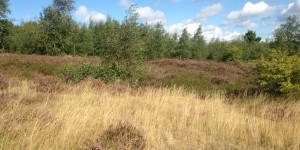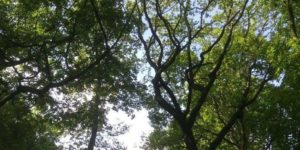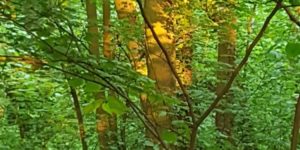As part of the DVLPs ‘Surveying the Dearne’ project , we are hoping to fill in gaps in ecological data, train and educate local communities in wildlife survey and ID, and enhance biodiversity of key sites through more sympathetic management, which requires strong wildlife records. The day required pre-booking as places were limited, in which we had 10 enthusiastic participants attend, of all different skills and abilities.
One field that is often under recorded is herpetology (the study of reptiles & amphibians). In which the DVLP has a strong focus on enhancing biodiversity, specifically on former brownfield & industrial sites, woodlands and verges. Through extensive desktop research we now have a list of 24 colliery sites within the Dearne of particular interest for our community engagement and wildlife survey programme, in raising the profile of such sites for their value to wildlife, as well as local communities. Reptiles only form one strand of this ever developing and varied programme. However, it is hoped that volunteers such as those whom attended the recent training event will help co-ordinate a reptile survey programme on a select number of these ex-colliery sites in the spring and summer of 2016 working alongside reptile expert John Newton and the DVLP.
The training event was a basic introductory session aimed at any ability, looking at the protocols of reptile survey ID and technique, looking at their ecology, habitat and how to ID are native species. Led again, by local expert John Newton, along with a selection of his live exhibits, many part of UK captive breeding programmes that John helps to co-ordinate. Again, we had some really positive feedback, in which attendees thoroughly enjoyed handling the species and looking at them up close to identification in the field.
Later on in the afternoon we decided to attempt a spot of field work at the near by local reservoir, having had many reports from members of the local public the week before of grass snakes swimming in the resevoir on a nice day. Unfortunately the weather was against us with rain and wind, but the occasional spot of sunshine. Although later in the survey calendar for reptiles, grass snakes and adders can still be seen on a good day prior to hibernation. The group took a stroll around putting the skills and knowledge learnt from the training event into practice out in the field. On our walk around we found plenty of ideal habitat potential, notably for grass snakes, despite not seeing any. None the less we had a nice walk around, and it was great for like-minded individuals to come together and share knowledge in the field. Although we saw no grass snakes, we did come across a number of baby toads, a good food source for grass snakes, as well as an abundance of dragonflies, butterflies and rare fungus
A big thank you to John Newton for all his support and time and to everyone who made either events. The plan now is for the DVLP team to work alongside John in producing a reptile survey programme for Spring and Summer 2016, surveying a number of the priority brownfield sites with volunteers to obtain a greater understanding of reptile distribution in the Dearne Valley, hopefully leading to greater protection and understanding. If this is something you’d like to get more involved with, please email [email protected] to register your interest in been one of our reptile survey volunteers, training and support will be provided.
Locations in the Dearne
This event can be found at the following locations:












